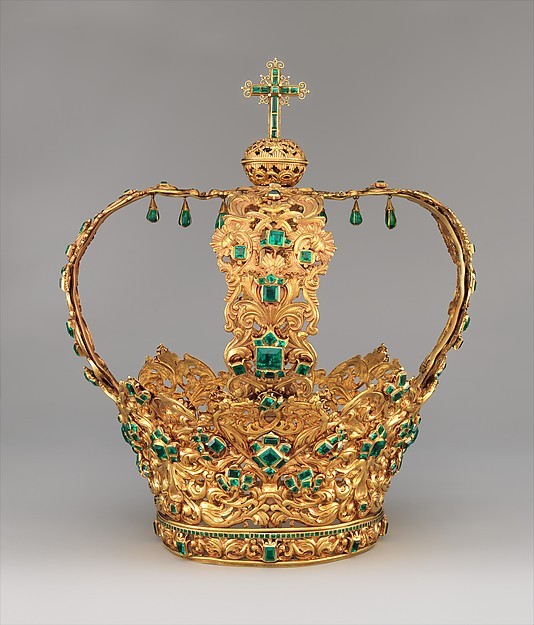1626
1628
1629
1630
1632
1634
1635
1636
1637
1639
1640
1643
1644
1645
1646
1647
1648
1649
1650

























